Do you have a question about the Danfoss VLT FC 51 Series and is the answer not in the manual?
| Enclosure | IP20 |
|---|---|
| Operating Temperature | -10°C to +40°C (without derating), up to +50°C (with derating) |
| Output Voltage | 0 to input voltage |
| Protection Features | Overcurrent, overvoltage, undervoltage, short circuit, overload, overtemperature, ground fault |
| Cooling Method | Forced convection |
| Input Voltage | 200-240V AC, 380-480V AC |
Warning about dangerous voltage when connected to mains.
Guidelines for safe connection and operation of the frequency converter.
General safety warning regarding electrical hazards and discharge times.
Procedures to prevent accidental motor start-up.
Steps to follow before starting repair work on the unit.
Overview of methods for programming the frequency converter.
Description of the Status Menu and its navigation.
How to access and use the Quick Menu for frequent parameters.
Guide to accessing and navigating the Main Menu for all parameters.
Description of parameters related to operation and display.
Configuration of the active set-up for motor control.
Parameters for editing set-ups via LCP or bus.
Parameters for copying and saving set-ups and parameters.
Setting up passwords for parameter access protection.
Selecting the application control principle for remote reference.
Choosing between U/f and VVC+ motor control methods.
Setting torque characteristics for different application needs.
Inputting motor current from nameplate data.
Inputting motor nominal speed from nameplate data.
Function to optimize motor performance via automatic tuning.
Adjusting advanced motor data using various methods.
Setting the stator leakage reactance of the motor.
Setting the main reactance of the motor.
Setting parameters independent of motor load.
Defining voltage points for manual U/f characteristic matching.
Adjusting load dependent motor settings.
Configuring various start functions for different applications.
Monitoring motor temperature and setting warnings/alarms.
Parameters for configuring brake functions.
Parameters for DC-braking a rotating motor.
Selecting dynamic braking parameters like resistor or AC brake.
Parameters for reference handling and ramp configuration.
Setting reference sources and selecting preset references.
Parameters for configuring ramp type and times.
Parameters for configuring limits and warnings.
Defining speed, torque, and current working ranges for the motor.
Parameters for configuring digital inputs and outputs.
Configuring functions for the input terminals.
Configuring pulse input for terminal 33.
Parameters for configuring analog inputs and outputs.
Setting up the analog I/O configuration.
Configuring scaling and limits for analog input 1 (terminal 53).
Configuring scaling and limits for analog input 2 (terminal 60).
Parameters for configuring application controls.
Selecting feedback sources and handling for Process PI Control.
Parameters for configuring communication settings.
Parameters for configuring the FC Port.
Configuring control word merging for digital/bus inputs.
Parameters for programming the Smart Logic Controller.
Settings to activate, deactivate, and reset the Smart Logic Control.
Configuring comparators for comparing variables to fixed values.
Using timer results to define events or logic rules.
Combining boolean inputs using logical operators for rules.
Parameters for programming the Smart Logic Controller states.
Parameters for configuring special frequency converter functions.
Parameters for configuring the inverter switching frequency.
Functions for handling imbalance on mains.
Configuring auto reset, special trip handling, and self-test.
Adjusting energy optimization level in VT and AEO modes.
Parameters for operating data like hours, kWh, power ups.
Viewing a fault log showing reasons for the ten latest trips.
Read-only information about hardware and software configuration.
Parameters for data read-outs like references, voltages, and status.
Reading general status like references, control word, and status.
Parameters for reading the motor status values.
Parameters for reporting the status of the frequency converter.
Parameters for reporting reference and feedback input.
Parameters for reporting digital and analog IO ports.
Parameter for viewing references from FC Port.
Parameters displaying alarm, warning, and status words.
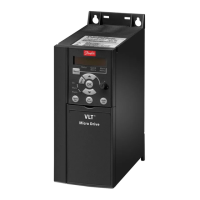
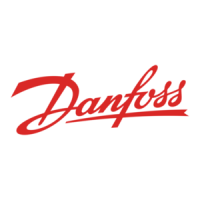
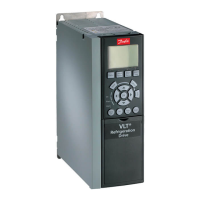
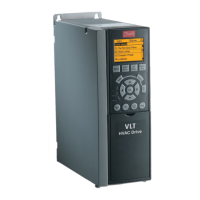
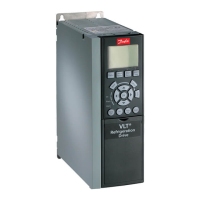
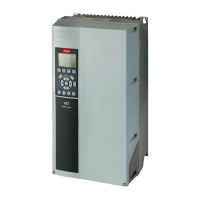
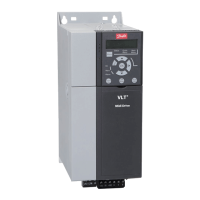
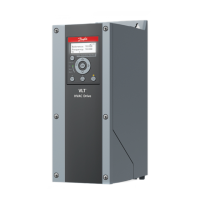
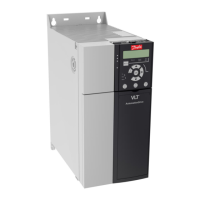
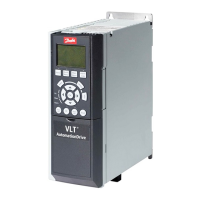
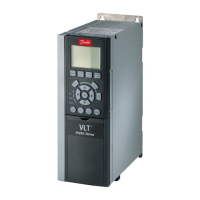
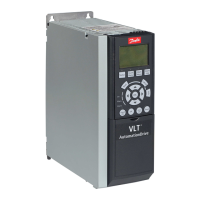
